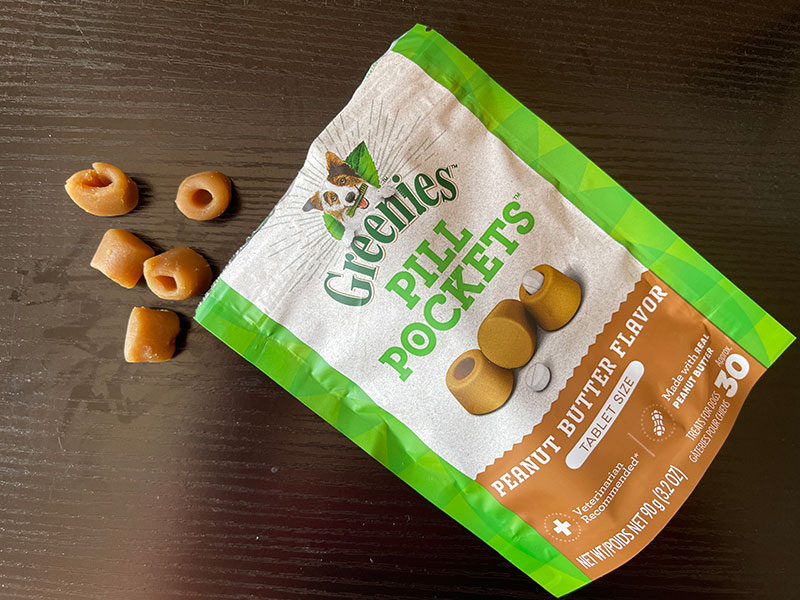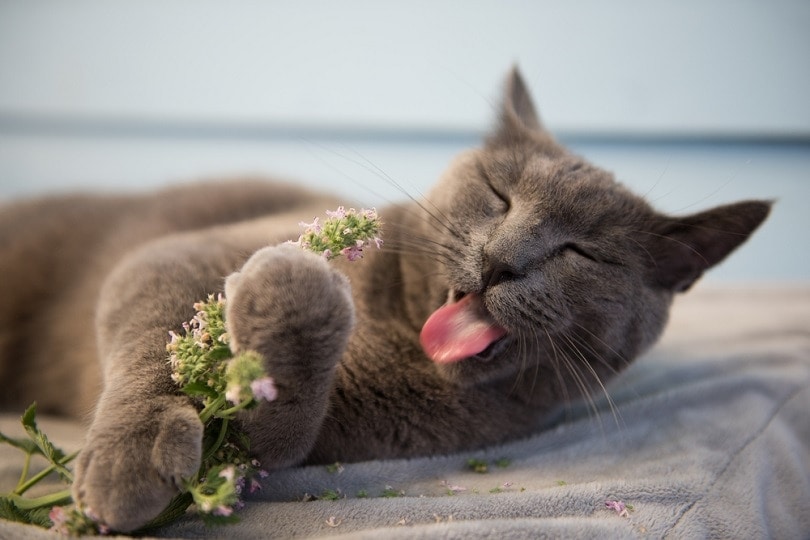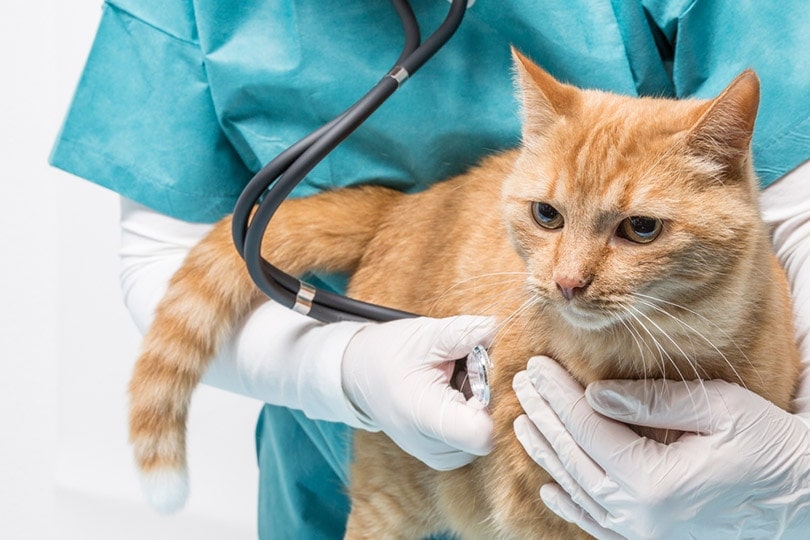Can Cats Eat Dog Pill Pockets? Nutritional Facts & Safety Guide
Updated on
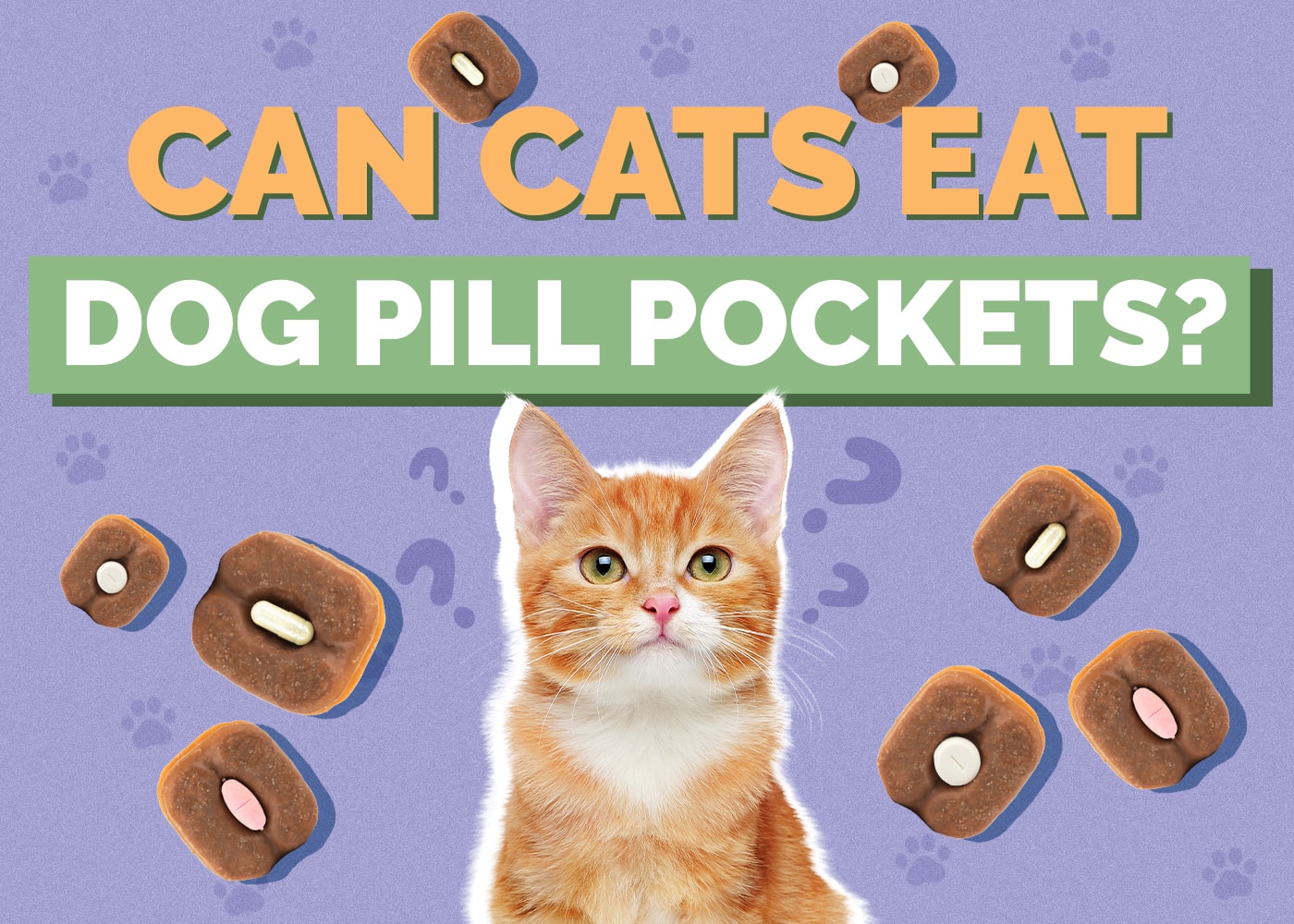
Unless you’re really fortunate, at some point in your life as a cat owner, you’ll probably find yourself needing to give your cat medication. While some medications are available as liquids, many are not, which means you face the prospect of getting your less-than-cooperative feline to swallow a pill.
Fortunately, you can use pill pockets, which are treats with a handy little hole designed for hiding medications. But what if the only pill pockets you have at home are for dogs? Can cats eat dog pill pockets? Dog pill pockets (and other dog treats) probably won’t harm your cat if given infrequently, but to be safe, double-check with your vet regarding the specific type you want to use.
In this article, we’ll discuss the differences between dog and cat pill pockets and how they could impact your cat. We’ll also review other options for getting your cat to take medications.
 Cat Pill Pockets vs. Dog Pill Pockets: What Are The Differences?
Cat Pill Pockets vs. Dog Pill Pockets: What Are The Differences?
Size
The first difference you’ll notice in dog pill pockets compared to cat pill pockets is the size. Dog pill pockets are much bigger than the cat version.
This size could present an issue when hiding medications because your cat will probably have to chew on the dog pill pocket, presenting the risk that they will bite into the (probably bad-tasting) pill itself.
As picky as many cats are, getting a bad taste in their mouth even once could cause them to reject pill pockets entirely in the future.
Calories
Dog pill pockets generally have more calories than cat pill pockets. For example, comparing the Greenies dog and cat chicken pill pockets, the dog version contains 10 kcal/treat while the cat has only 4 kcal/treat. If your cat takes medication long-term, that calorie difference could add up to a weight increase.
Ingredients
Dog and cat pill pockets come in many flavors. This variety can make it hard to compare the ingredients. Looking at the ingredient list for the chicken pill pockets, you’ll notice there isn’t much difference, except the cat version contains pieces of dried chicken liver, probably to make them tastier!
Other dog pill pocket flavors, for example, the cheese version, contain dairy products, which may present an issue if your cat is one of the many who are lactose intolerant.
Because all dog treats, including pill pockets, are designed with dogs in mind, there’s always the chance they contain an ingredient safe for canines but not cats.
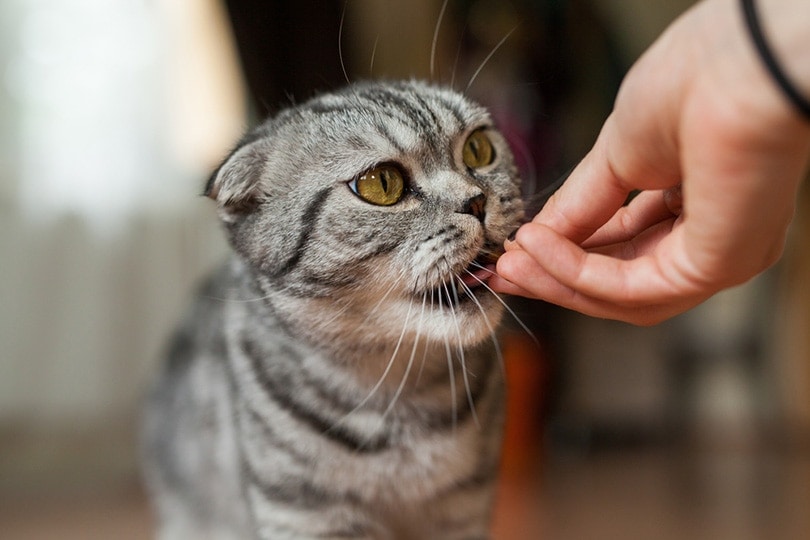
How To Safely Give Dog Pill Pockets To Your Cat
If you give your cat dog pill pockets, here are some suggestions to do it safely. First, confirm with your vet that the dog version contains no harmful ingredients. Chances are they don’t, but better safe than sorry.
To make it less likely your cat bites into a pill, try using only part of the dog pill pocket. This step creates a more bite-size morsel for your cat and decreases the calories they consume. Watch your cat carefully after giving the pill pocket to ensure they don’t spit it out.
Other Options For Giving Your Cat Pills
If your cat doesn’t care for pill pockets, you can try hiding the pills in another safe, tasty food like tuna, cooked meat, lean deli meat, or cream cheese (if your cat tolerates dairy products). You could also use canned cat food if your cat typically eats a dry diet. Avoid crushing pills or opening capsules into the food because they probably won’t taste good, leading your cat to reject the whole offering.
Some cats flat-out refuse to eat their medication in any food or treat. You may have to give them pills by hand to cope with these stubborn felines. Your veterinarian’s staff is an excellent resource for learning how to do this. It’s likely one of the most common requests they get, so don’t be afraid to ask for a lesson (or two)!
For cats who tolerate liquid medications better than pills, try asking your vet if your cat’s meds are available as liquids. Some medications can also be specially compounded into a liquid formula with a tasty flavor, like tuna or chicken.
Now that you know what you can safely feed your cat, it’s just as important to find a bowl that supports their health and well-being. With whisker-friendly bowls and a wide tray to catch any spills, our Hepper NomNom Cat Bowl is our favorite option.
 Conclusion
Conclusion
Whether your cat is on lifelong medication or a short course, making sure they take their pills is essential. Pill pockets can be an easy solution for a cat who loves treats. Dog pill pockets are probably okay for your cat but check with your veterinarian to be sure.
If you’re struggling to give your cat medications, don’t hesitate to discuss other options with your vet. Medications won’t do your cat much good if you can’t get them to take them, and your vet will want to do everything possible to make your life easier and keep your cat healthy.
Related Reads:
Featured Image Credit: Pixabay

 Cat Pill Pockets vs. Dog Pill Pockets: What Are The Differences?
Cat Pill Pockets vs. Dog Pill Pockets: What Are The Differences?